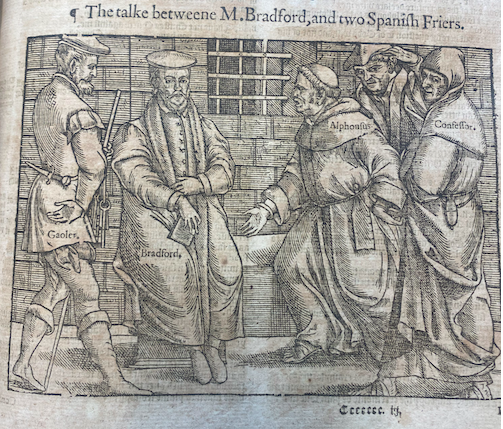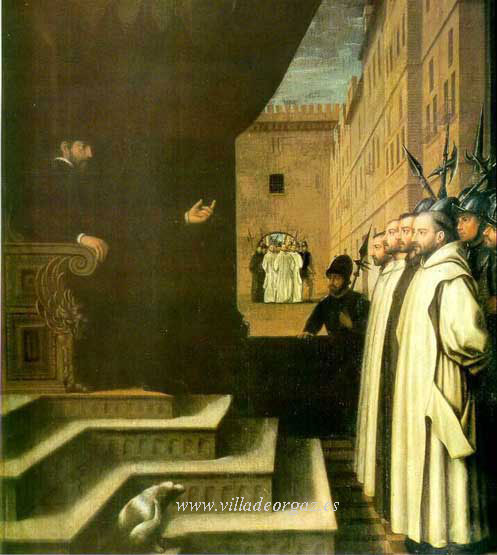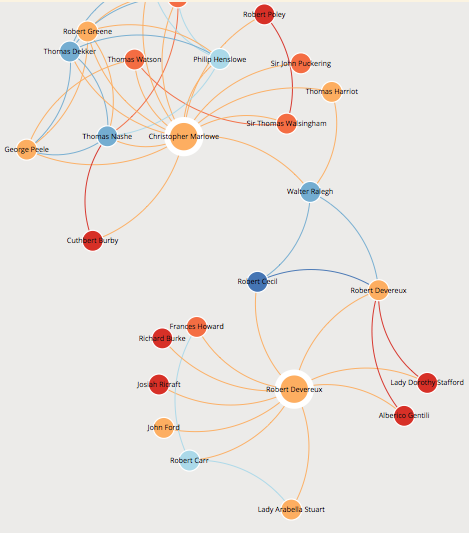(Palo Alto) I recommend Healey’s 2023 history of 17th-century England as an important and enjoyable work.
I grew up thinking about this topic, since my Dad was a scholar of English intellectual life in the 1600s and he regularly taught British political history.
In that century, England was on a path toward global power and influence and was already forming the colonial societies that later became the USA, the Irish Republic, and the Anglophone Caribbean. England also experienced the ferment of revolution, radical political and religious ideas, and the Scientific Revolution. Key interpretive questions, such as the causes of the Civil War and the originality of the early Enlightenment, have long been contested; and the rival interpretations of Whig liberals, Marxists, evangelical Christians, and others have implications for the present. The events of 1640-1690 cast long shadows, and I wanted to get one current interpretation of them.
Healey meets my criteria for good historical writing. First, he makes broad points but is not locked onto a few reductive theses. He tends to emphasize the cultural aspects of the Civil War, particularly the clash between radical puritanism and traditional forms of recreation and worship that the Puritans sought to ban. This explanation may compete with political or economic accounts, but Healey doesn’t exclude a range of evidence as he makes a case for what he calls a “culture war.”
I was left thinking that it was unfortunate that a culture war coincided with the effervescence of republican ideas, because the backlash to puritans’ religious reforms may have prevented them from building a durable republic with a broad base of support. However, perhaps 17th-century political radicalism needed religious inspiration.
Second, Healey chooses stories with vivid protagonists to make serious points. For example, his title comes from a science-fiction novella of the same name that Margaret Cavendish, the Duchess of Newcastle, published in 1666. Cavendish is a fascinating character, and Healey relates her life for several pages. But he chooses his stories to illustrate general patterns, not to entertain with zany anecdotes or to present historical figures as strange and colorful (as popular historians often do).
Finally, Healey documents facts, quotes, interpretations, and stories by citing a large number of primary and secondary sources. Although he wears his learning lightly, I felt in safe hands, since he has obviously read widely and carefully. This period is very well documented, compared to earlier times, and Healey takes advantage of the evidence. (For example, weekly and daily publications devoted to political news originated during the year 1641 and then proliferated manically.)
I learned much from The Blazing World: A New History of Revolutionary England, but a few larger points stand out for me.
I was surprised by the scale and cruel destructiveness of the Civil War. I knew about the set-piece battles but not the massacres.
I see more clearly how the intense political debates of the 1650s morphed into the intellectual debates and innovations of the Restoration period–the English Revolution shifting into the Scientific Revolution once many thinkers became disillusioned with political conflict.
I hadn’t realized the extent to which England developed economically from 1600 to 1700–with slavery serving an essential role in the nation’s substantial growth and development.
Healey doesn’t dwell on the following point, but he provides support for it. I would describe England in 1600 as a country with a monarch but very little national government. The government could not field a standing army or collect taxes from a broad spectrum of the society; it didn’t even have a rough idea how many people, farms, and businesses lay within its borders. One reason for high rates of violence was a lack of capacity for social control. Each Stuart monarch struggled with parliaments because the only way to obtain enough revenue to project power was to persuade the big landowners and towns to provide it by consent, although sometimes a king would amass enough money to rule for a time without the legislature.
In contrast, the England of 1700 had a government with considerable capacity. As Healey notes, it occupied the former location of the royal palace at Whitehall, while the monarchs moved west to St. James and Kensington. The government had officers, employees, and statistics. This is the fundamental reason that the monarchy was now much less significant and on it way to irrelevance.
See also: civility as equality; introducing republicanism; the Dutch secret; the oscillation between dictatorship and parliamentary institutions (a game theory model)
The post Jonathan Healey, The Blazing World: A New History of Revolutionary England, 1603-1689 appeared first on Peter Levine.




